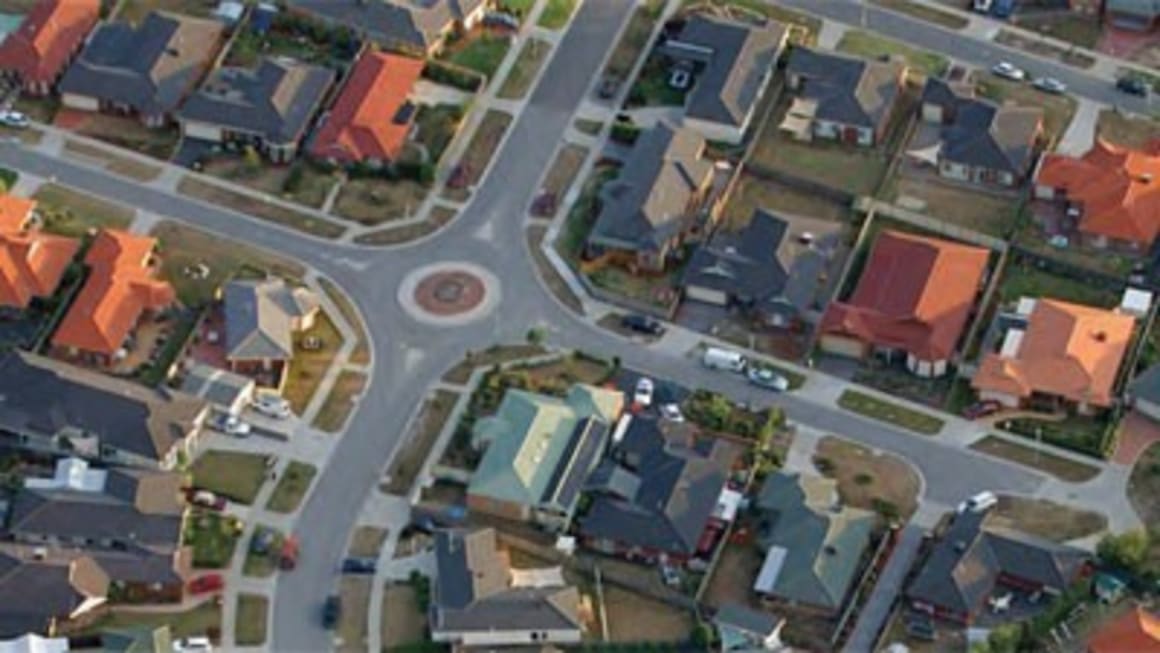Matthew Guy's nine-step plan to addressing housing affordability in Melbourne

Affordable housing in Melbourne is only available in fringe suburbs, with inner suburbs out of reach for most investors and all but the wealthiest first-time home buyers, according to a state government report.
The discussion paper titled Melbourne let’s talk about the future says Melbourne needs to address affordable housing in the city.
“We have an ageing population, those heading towards retirement have reduced wealth, and housing stress is a chronic problem for about 10% of households,” Planning Minister Matthew Guy says.
“Almost all of the city’s most affordable housing is in the outer suburbs with the inner suburbs out of reach to many renters and all but the wealthiest first-home buyers.”
The report finds a dramatic reduction in housing affordability over the last decade means home buyers now have less choice about where they can buy a home.
“People with less money to spend (who are at greater risk of mortgage stress) can only buy in Melbourne’s outer suburban fringe if they want to own a detached house.”
And the report finds that while the cost of the house itself is often lower in outer areas, transport costs can negate some of these savings.
More people are at risk of mortgage stress with the number of people fully owning a dwelling dropping from 40% to 30% over the last 20 years while the number of people paying off a mortgage has risen from 30% to 35%.
The report finds low-income single-person households face the most difficulties renting affordable housing.
In the March quarter, just 0.3% of one-bedroom dwellings let would cost no more than 30% of gross to a single person solely reliant on Centrelink payments.
“Without action the cost of buying or renting a house in Melbourne is likely to rise in the years ahead, particularly in established suburbs. The cost of a dwelling in the middle suburbs of Melbourne needs to be reduced if we are to have any prospect of providing an opportunity to a wider range of the population to live in these areas, and greater socioeconomic diversity in existing neighbourhoods,” Guy says.
With renters facing the most difficult affordability conditions Guy proposes a number of changes to improve affordability.
He says affordable living could be addressed by:
- Increasing housing supply;
- Reducing the cost of building;
- Reducing barriers to affordable housing development;
- Preserving or offsetting the loss of existing low-cost housing;
- Encouraging new affordable housing with planning scheme controls or incentives;
- Securing dedicated social housing – housing rented at below market cost;
- Increasing the number of jobs in suburban areas, to reduce commuting distances and times for suburban residents;
- Reducing the need to own a second car and even any car per household by improving cycling, walking and public transport options; and
- Other incentives to integrate affordable housing into new developments.